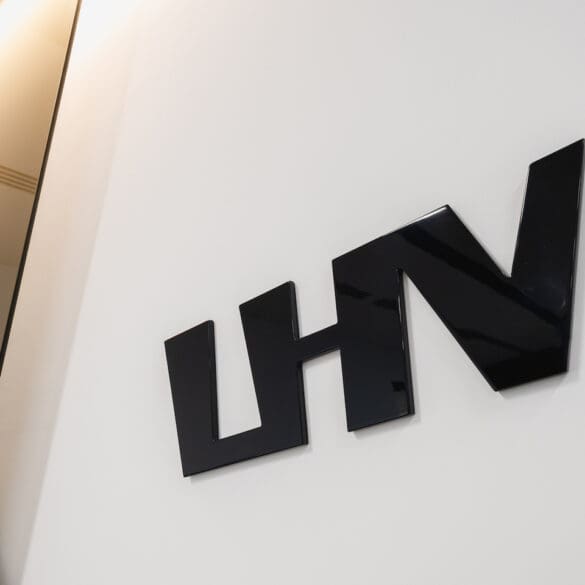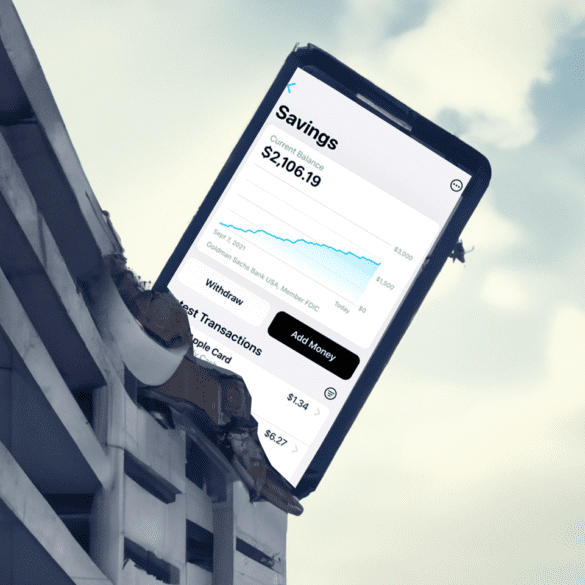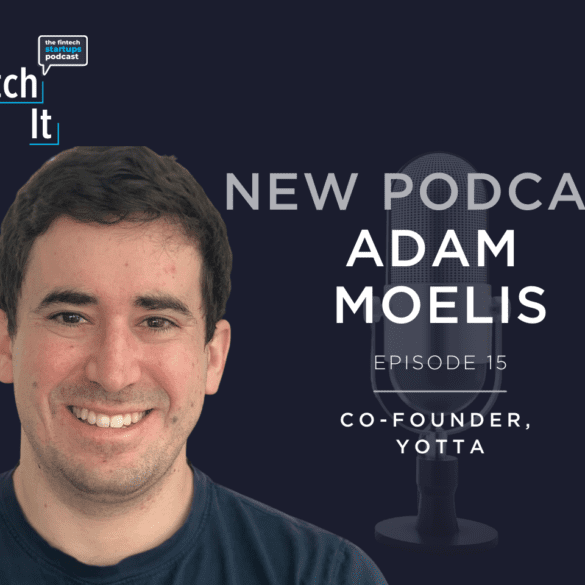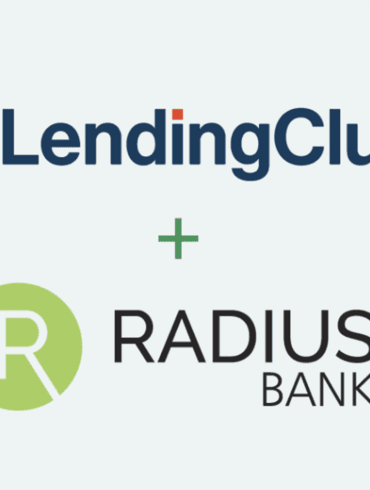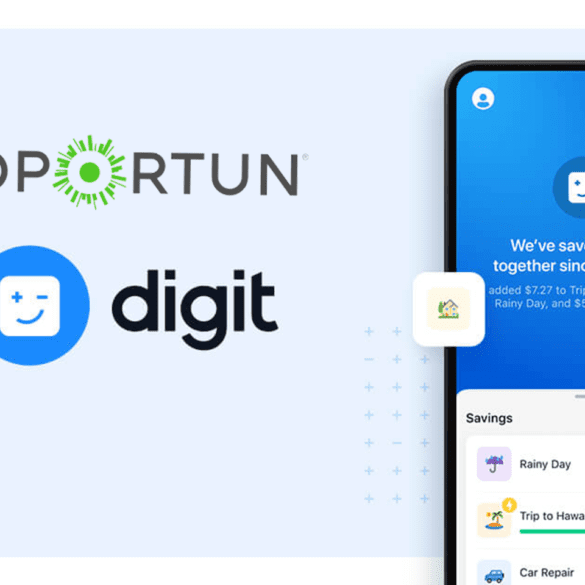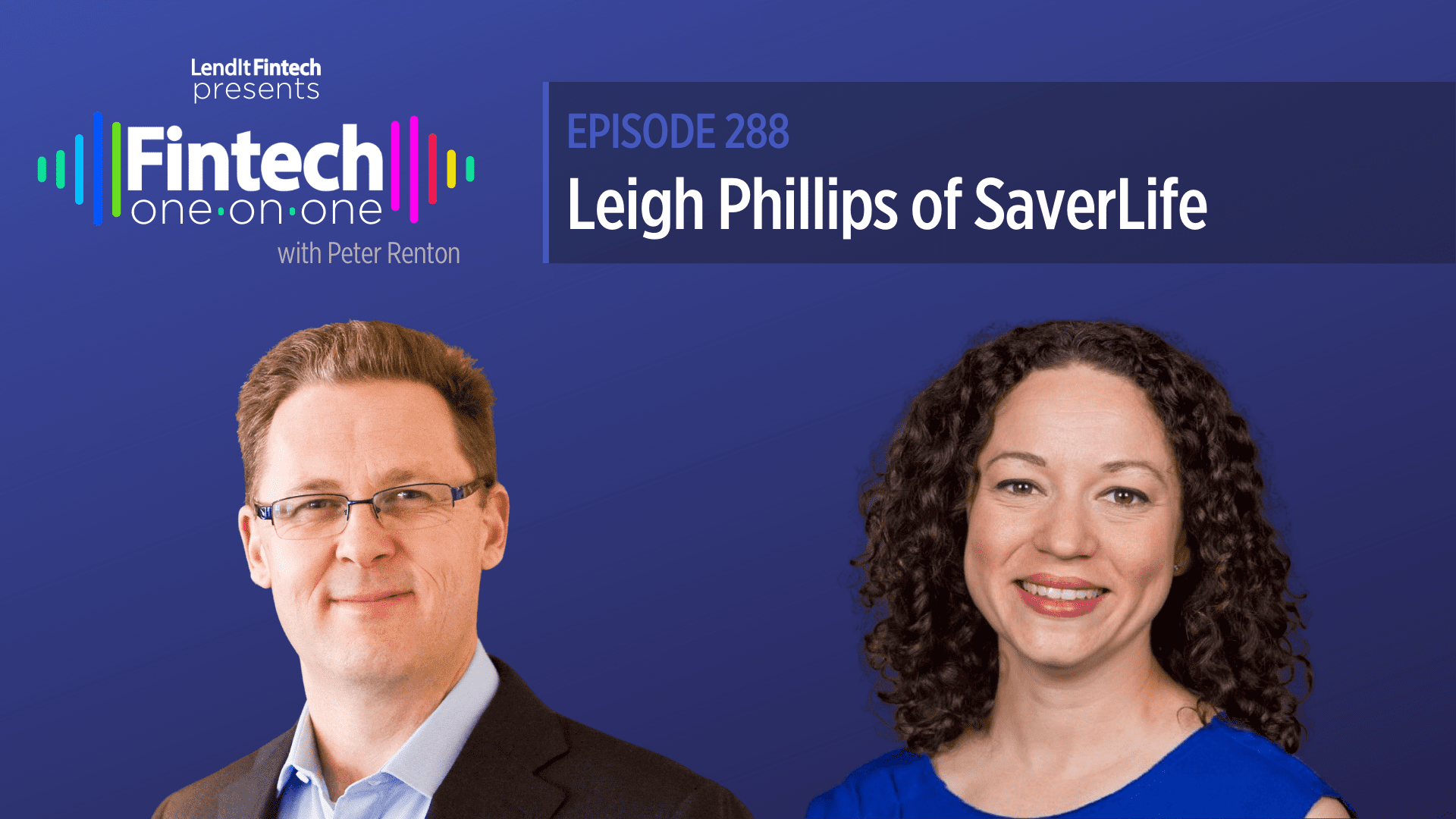Within the mismatch of interest rates for loans and savings, LHV makes their first step into the personal savings market.
Apple announced a new savings account for Apple Card that will let users save Daily Cash in high-yield savings account from Goldman Sachs.
In episode fifteen of PitchIt: the fintech startups podcast we talk with Yotta Co-Founder Adam Moelis. Yotta was founded to...
We knew this was coming and this afternoon LendingClub has released the details of its Founder Savings Accounts for individual...
A former digital banking executive from Lloyds Bank provides his criteria for the perfect digital bank; first, payments functionality should...
Rising rates and inflation have caused employee financial stress to skyrocket. The partnership could ease some of the strain.
More than 100 Digit employees and current CEO Ethan Bloch will become a part of the Oportun ecosystem.
Just a heads up that we have rebranded the podcast. From now on we are calling the show Fintech One•On•One,...
The Financial Brand interviewed Dustin Cohn, the head of Brand and Marketing for Marcus by Goldman Sachs; he discusses how...
Leading European buy now pay later platform Klarna is the latest company to add a savings account to their offering;...


